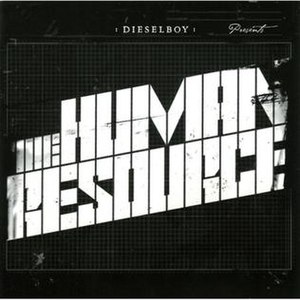Social Media Fatigue
Earlier this week, Umair Haque wrote of his growing despondency with social media. It’s not an uncommon sentiment. People are learning that social media is a tool that allows us to work and organize in novel ways. It is not a panacea for all societal ills. Indeed, like all tools, social media amplifies evil as easily as it amplifies good.
What is social media exactly?
Adrian Chan of Gravity7 sums up the issues better than I can and in suitably formal language.
Social media “facilitates asynchronous communication between people whose mutual connectedness online can make them present to one another in a fashion that transcends the limitations of physical co-presence. And which, for its capture and storage of that communication in the form of a digital textual artifact, renders this communication in a way that, within the medium only, lends it some persistence and durability. All of which leaves behind content for later use, re-use, recontextualization, and what have you. That’s what it’s good at: mediated communication and interaction.”
Social media in plain language
- Social media allows us to talk more easily to more people than we can by phone, email or in person.
- Our connection online allows us to work on projects together.
- Social media keeps record of our communication with little effort on our part.
- We can remix our communication for other purposes.
Why I am fascinated by social media
It’s what we do with social media that is interesting. And for me, anyway, it is the possibility of ‘pull’ models that is interesting.
But just because we can do interesting things doesn’t mean to say that we do. Nor does the presence of boring things stop us doing interesting things ~ well not so far. It is not like work where you can be forced to do dull, useless things all day long.
That is why I am interested – the potential of organization structures that are vigorous and successful yet do not require people to do dull useless things all day long.
How, of course, are organizations that require us to do dull useless things profitable, we might ask. Dull we know about. Jobs were divided into small parts and done repeatedly to produce uniform products at speed. We get MacDonalds. Not all bad, but not fine food either.
Useless comes when the food value of a hamburger is no longer food. How does that come about? By what is known as “rents”. The system allows people with vested interests to impose exploitative relationships. Social media won’t make that stop. We would all like to impose rents. We plan to. We aim to.
But social media make it possible to create new business models that don’t have to pay those rents. That’s why so many institutions are coming under pressure.
Who will win or lose remains to be seen. That’s the entertainment of the teen years of the 21st century. What undermines ‘rents’? How do ‘rent-seekers’ respond when their rents are undermined? How does the battle play out?
The rent-seekers can still win. This is an open-ended story. We have to wait to the end to find out.
2 Comments



![Reblog this post [with Zemanta]](https://i0.wp.com/img.zemanta.com/reblog_e.png)